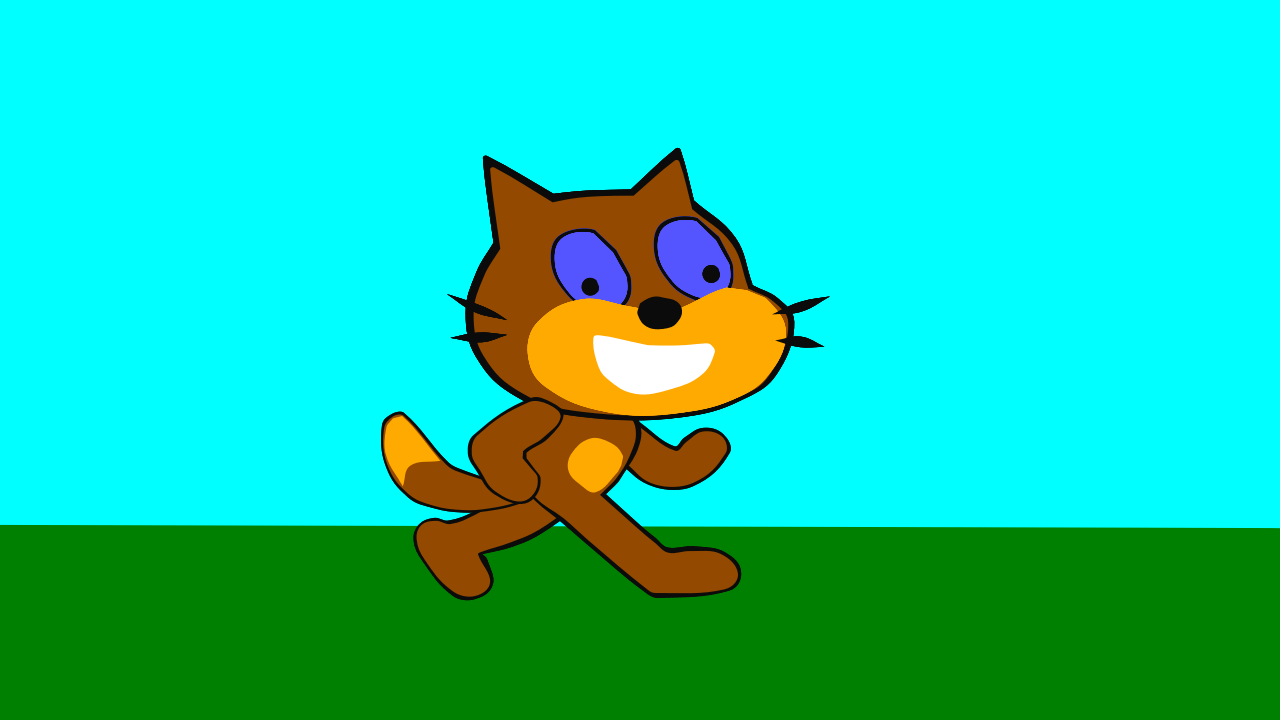Drawing characters, backgrounds and using vectors rather than using bitmapped tools, is a skill that I’ve developed over a number of years. For me it has the advantage of being able to manipulate the components of a drawing, for example change the order or move, Rotate or change the size.
The character was converted using ‘knife & fork’ methods. The initial image was drawn using Inkscape, then saved in SVG format. It was then exported in PNG format on a background of the intended animation size, in Pencil2D.
This was then inported into a bitmapped layer, within Pencil2D, a vector layer was then created onto of it, in the layer stack, with a clear, I.e. a zero Alpha colour as background.
I then overdrew the character image, using vector tools, within Pencil2D, and then added fill and line colours. The initial image, in frame 1 was then manipulated to arrive at the final Pencil2D animation.

The PXLX file is the working Pencil2D file
Carol.pclx (323.8 KB)
Any conversation of a drawing file, will introduce errors, these will be the effects of different data storage strategies and different in the algorithms. Animation packages usually optimise for fast retrieval.
Where drawing packages are developed for accuracy of drawing. When drawing in Adobe Illustrator, saving in SVG format and then loaded the image into Adobe Animator, small errors occur in the images.
The aim of conversation, us to use the best package for each stage of the project creation. If you do this you’ll have to accept that you’ll have to make small edits, to the transfered images, but the majority of the work will be handled by the conversion.
Ideally there will be a program, usually referred to as a utility to perform thus task. I hope that the program being developed, will perform this task.
The hardest part of this process will be making the converted images, bomb proof, this means that they won’t be corrupted by the algorithms for manipulation and display used with Pencil2D.